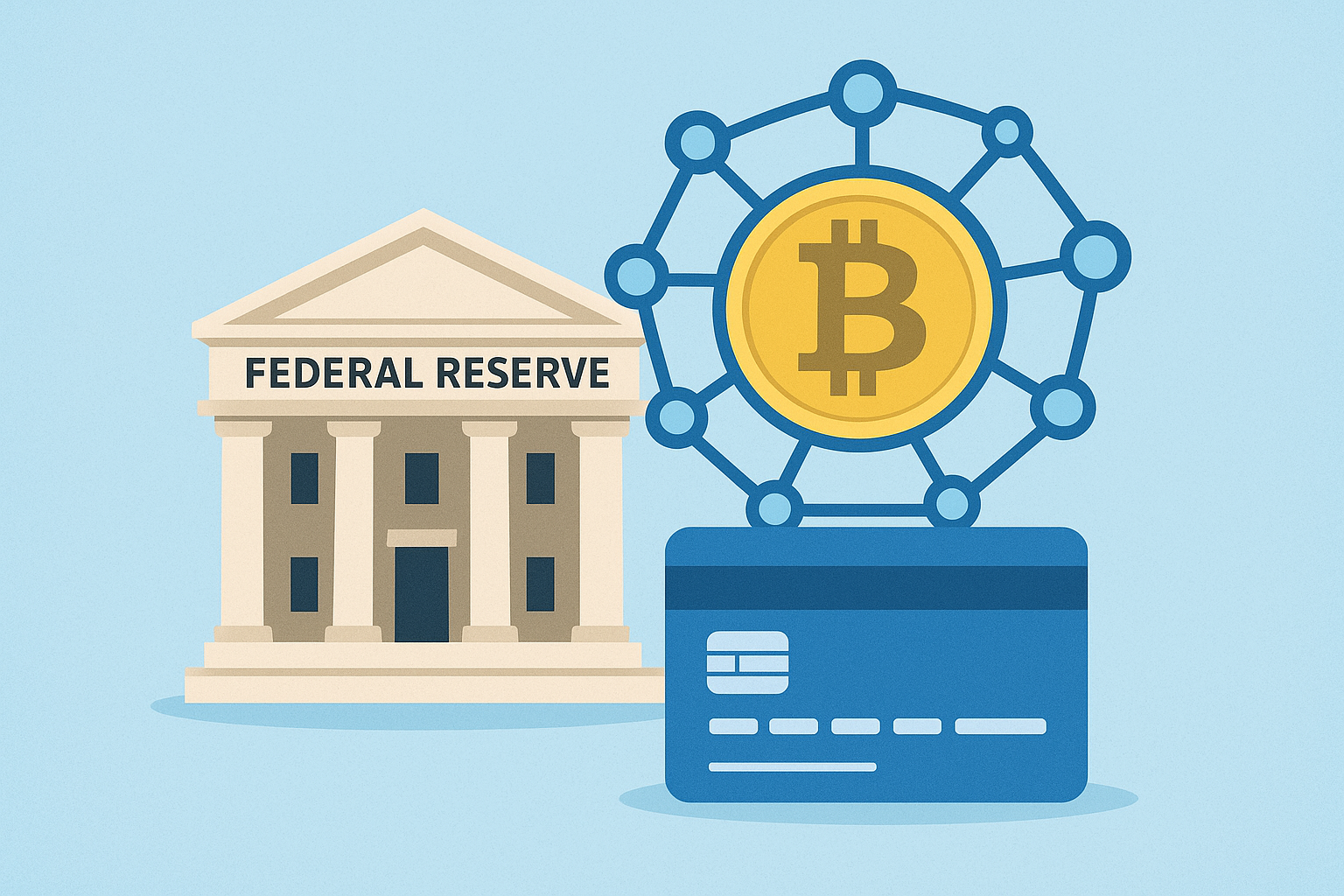ICO News
Does Mine 2 Earn The Next Meta? New Mining Crypto Pepenode Slams $1.9 Million In ICO

Introduction
The cryptocurrency world thrives on innovation and reinvention. Every few months, a new idea captures investor imagination and promises to change how people engage with blockchain technology. In October 2025, one of the most talked-about developments was Pepenode, a unique project that blends the concepts of mining, gaming, and earning through an innovative “Mine 2 Earn” model. Pepenode managed to raise a staggering $1.9 million during its initial coin offering (ICO), signaling that the global crypto community is still eager for projects that bridge real utility with entertainment.
The Rise Of The Mine 2 Earn Concept
The crypto industry has evolved through multiple phases. Initially, it was driven by mining—users setting up rigs to validate blocks and earn coins. Then came staking, lending, and later, the Play 2 Earn model that made blockchain gaming mainstream. Now, with Pepenode’s introduction of the Mine 2 Earn model, the focus seems to be returning to mining, but with a modern twist. Instead of requiring high-powered equipment and enormous electricity consumption, Pepenode’s system leverages cloud-based infrastructure and decentralized computing to enable participants to mine more efficiently.
What makes Mine 2 Earn stand out is its hybrid design. It merges elements of decentralized mining pools, reward-based gameplay, and NFT integration. Users do not just mine tokens passively; they interact with an environment that gamifies resource collection, node management, and earning strategies. Pepenode positions itself as a platform that rewards both effort and engagement, which has made it highly appealing to a younger, tech-savvy audience that seeks more than just speculation from crypto investments.
Pepenode’s Vision: Democratizing Mining Through Decentralization
One of the most pressing issues in the cryptocurrency sector is centralization of mining power. Over the years, Bitcoin mining has become dominated by large corporations and mining farms, shutting out smaller participants. Pepenode’s team, composed of blockchain developers and gaming engineers, aims to reverse this trend. By using decentralized cloud-based nodes, Pepenode allows anyone with an internet connection to contribute computing power and earn rewards.
In simple terms, Pepenode distributes the mining process across thousands of micro-nodes rather than relying on a few large data centers. This decentralization ensures that power remains in the hands of the community. Moreover, Pepenode’s system automatically optimizes node performance, balances workloads, and adjusts difficulty levels dynamically. This innovation allows for more equitable participation while maintaining network stability and efficiency.
ICO Success: Raising $1.9 Million And Building Momentum
The $1.9 million raised during Pepenode’s ICO is significant, especially in a market that has become increasingly cautious following regulatory uncertainty and declining speculative enthusiasm. This level of investment suggests that the community sees real potential in the project’s vision. The ICO attracted both retail investors and smaller institutional backers, most of whom were drawn by Pepenode’s dual-use model that combines passive and active income opportunities.
The ICO itself followed a structured release model. Pepenode allocated a portion of its total token supply to early participants at a discounted rate, followed by tiered pricing rounds. Transparency was a key feature, as all token distribution data was made publicly available through blockchain explorers. The success of the ICO has not only validated Pepenode’s idea but also provided the project with sufficient capital to fund technical development, marketing, and ecosystem expansion.
Tokenomics And The Role Of The PEPN Token
At the heart of Pepenode’s ecosystem lies its native token, PEPN. The token serves multiple purposes, including governance, staking, and transaction fees. It is also the primary reward currency distributed to users who participate in the Mine 2 Earn process. According to the project’s documentation, PEPN’s total supply is capped to ensure scarcity and long-term value appreciation.
Users can earn PEPN by operating nodes, participating in game-based mining events, or completing missions that enhance the network’s performance. In addition, PEPN holders can stake their tokens to gain governance rights, allowing them to vote on future upgrades, reward structures, and ecosystem integrations. This approach transforms Pepenode into more than just a mining platform—it becomes a community-driven economy.
The token’s utility extends further. PEPN can be traded on decentralized exchanges, used for in-game purchases, or converted into other cryptocurrencies. The project plans to introduce liquidity pools and staking incentives to promote holding rather than short-term speculation.
Gamifying Mining: A New Kind Of Engagement
Traditional mining can often feel mechanical and unengaging. Pepenode disrupts this by integrating game mechanics into the mining experience. Participants manage digital avatars and virtual mining nodes, each with unique attributes that influence performance. By investing time, skill, and strategic decisions, users can increase their earnings. This layer of interactivity transforms mining from a purely technical task into a rewarding and entertaining experience.
Gamification also encourages community participation. Players can form mining guilds, share strategies, and compete in seasonal events. Each season introduces limited-edition NFTs that enhance mining performance or unlock exclusive rewards. These NFTs have real economic value and can be traded on supported marketplaces. By combining mining with gaming and digital ownership, Pepenode creates a vibrant ecosystem that blends profit with play.
Technological Infrastructure: Powering The Mine 2 Earn Model
Under the hood, Pepenode operates on a scalable, high-performance blockchain designed to handle thousands of concurrent transactions with low latency. It uses a proof-of-node consensus mechanism that rewards users based on uptime, contribution, and network reliability rather than raw computing power. This model reduces the energy consumption typically associated with mining and makes it accessible to anyone.
The platform integrates decentralized storage solutions and AI-based optimization algorithms to manage node distribution. This ensures that the network remains resilient even in periods of high demand. Pepenode also emphasizes security through multi-layer encryption, smart contract audits, and real-time anomaly detection. By combining blockchain transparency with cloud-based scalability, Pepenode delivers both performance and trust.
Community Growth And Marketing Momentum
One of Pepenode’s biggest strengths lies in its growing community. The project has built a strong following on social media platforms such as X (formerly Twitter), Telegram, and Discord. Community-driven contests, airdrops, and influencer partnerships have helped the platform attract attention from crypto enthusiasts around the globe.
The team has also emphasized educational outreach. Through blogs, webinars, and tutorials, Pepenode aims to teach users about decentralized mining and the benefits of its ecosystem. This strategy helps build long-term loyalty and engagement, ensuring that the project’s success is not limited to short-term hype. The transparency of the development roadmap and frequent updates have also contributed to trust among investors and participants.
Comparing Mine 2 Earn To Play 2 Earn And Stake 2 Earn Models
To understand why Pepenode is attracting so much attention, it is essential to compare it to previous blockchain trends. The Play 2 Earn model allowed gamers to earn cryptocurrency by participating in blockchain-based games. While revolutionary, it often suffered from sustainability issues because rewards were not always backed by real utility. Similarly, the Stake 2 Earn model encouraged long-term holding but lacked active engagement.
Mine 2 Earn seeks to address both shortcomings by combining the sustainability of mining rewards with the interactivity of gaming. Since mining contributes directly to network security and transaction validation, rewards are tied to tangible value creation. This makes the ecosystem more balanced and potentially more sustainable in the long term. By rewarding both computational contribution and user participation, Pepenode positions itself as a more holistic blockchain model.
Challenges Ahead: Regulation, Competition, And Sustainability
Despite its success and promising vision, Pepenode faces several challenges. The first is regulatory scrutiny. As governments around the world develop frameworks for digital assets, mining and token-based reward systems may face new compliance requirements. Pepenode’s decentralized nature might help it navigate these regulations, but it will still need to ensure transparency and adherence to international standards.
Competition is another factor. As the Mine 2 Earn model gains attention, other projects are likely to replicate or innovate upon it. Maintaining a technological and community advantage will require continuous development and strong branding. Sustainability also remains a concern. Although Pepenode claims to be energy-efficient, large-scale adoption could still raise questions about long-term environmental impact.
The project’s success will also depend on maintaining liquidity for its token and ensuring that rewards remain attractive even as more participants join. Balancing token issuance with demand will be crucial to prevent inflation or devaluation.
The Future Of Mine 2 Earn And What It Means For The Crypto Industry?
If Pepenode succeeds in scaling its model, it could redefine how people view mining and earning within blockchain ecosystems. Mine 2 Earn represents a return to crypto’s core values—decentralization, participation, and fair distribution—while integrating modern technological trends like gamification and AI-driven optimization. It democratizes mining and makes it accessible to people who may have never owned mining equipment or participated in blockchain governance before.
Industry analysts predict that if the concept gains traction, other sectors may adopt similar principles. Imagine cloud computing platforms, AI networks, or even decentralized data systems using “Work 2 Earn” or “Compute 2 Earn” models inspired by Pepenode’s framework. Such innovations could expand blockchain’s real-world applications and drive mainstream adoption.
Conclusion
Pepenode’s $1.9 million ICO success is not just a financial milestone—it is a sign that the market is hungry for new and inclusive models. The Mine 2 Earn approach taps into the spirit of blockchain innovation by giving power back to the people and merging the best aspects of mining, gaming, and decentralized finance. With a strong community, transparent tokenomics, and an ambitious roadmap, Pepenode is well-positioned to influence the next wave of blockchain evolution.
However, like all new ventures, its long-term success will depend on execution, sustainability, and its ability to adapt to regulatory changes. If Pepenode continues to innovate while maintaining community trust, it could very well become the defining project of the next crypto meta—proving that the age of passive mining is over and the era of interactive, community-driven earning has begun.











